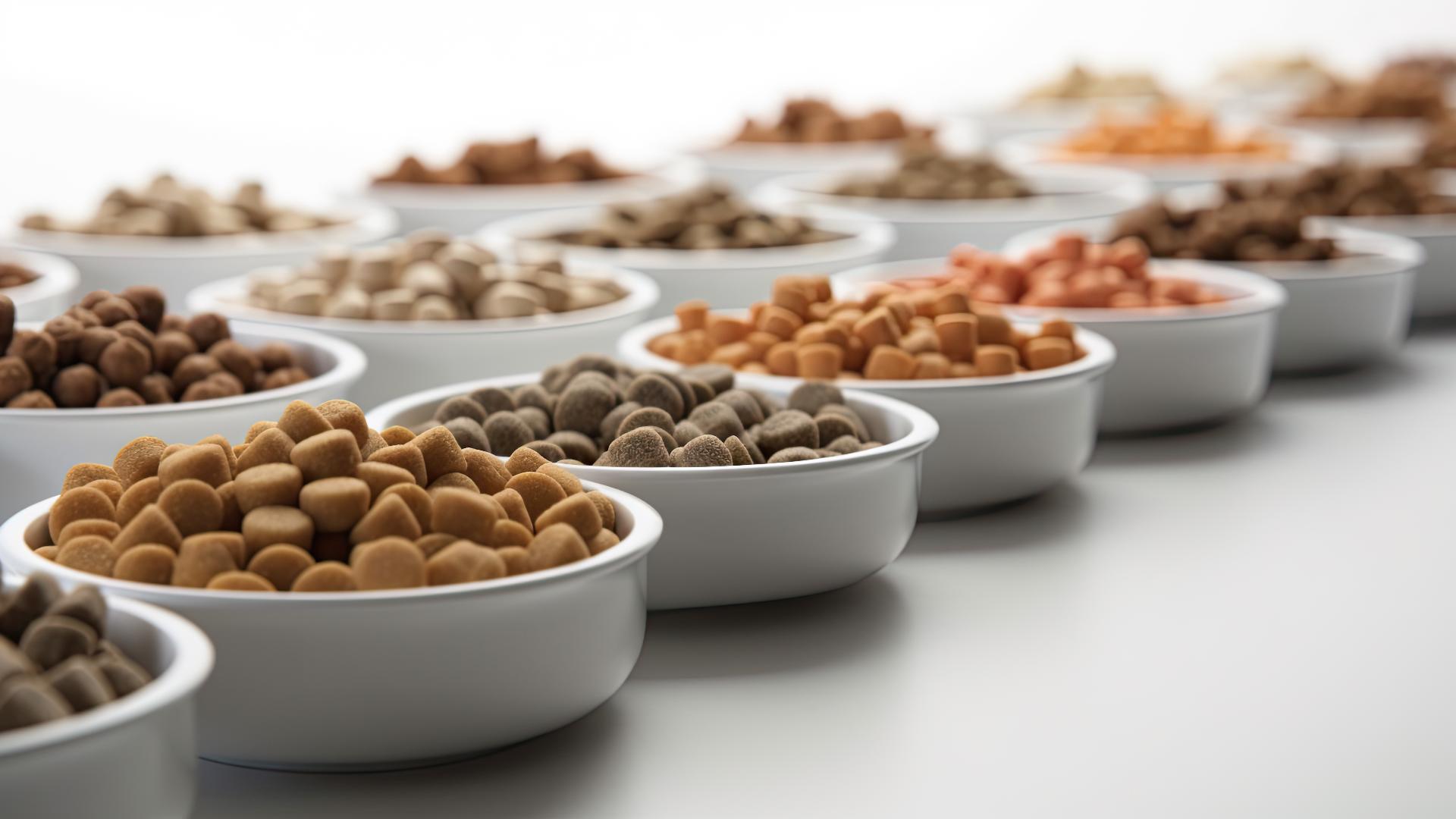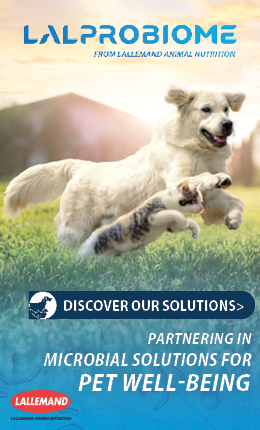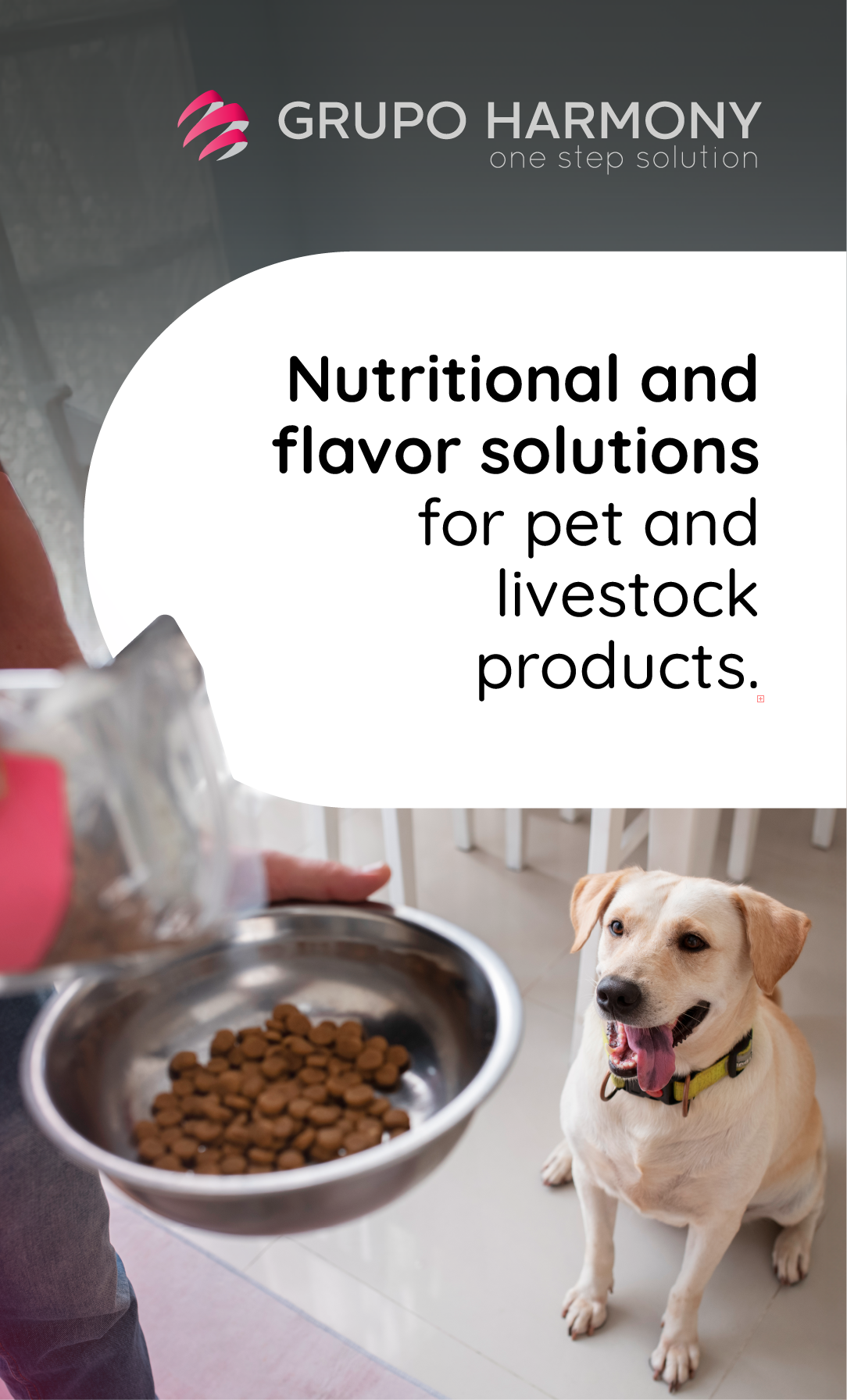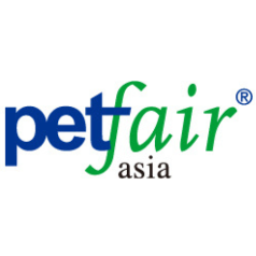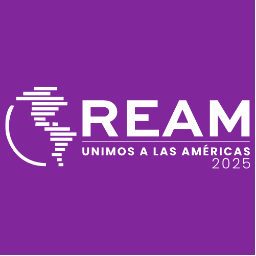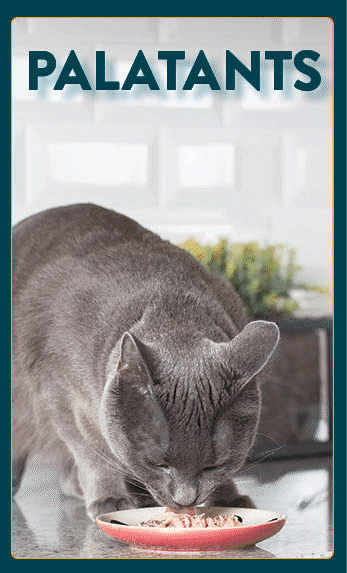Diet is a fundamental part of health, life quality, and slowing down physiological processes such as aging, prevention, and even treatment of multiple illnesses. And even though nowadays we have plenty of information on the nutritional requirements of pet animals, it is difficult to reach a consensus.
In this article, we discuss some concepts based on my analysis study and experience with my patients, considering that dogs and cats are carnivorous and, as such, require a greater supply of protein and ingredients of animal origin in most of their stages and states.
Food categories
- Depending on their degree of processing: We will have ultra-processed foods (UP = dry or canned food or any other food intended for consumption by pets that is manufactured by carrying out a thermal or pressure processing step) or minimally processed (MP = fresh, frozen or any other food intended for consumption by pets, manufactured without thermal or pressure processing or one of them).
- By the % of water, we can divide them into dry (8-12% water), semi-humid (15-30% water), and humid (around 70% water).
- Depending on their function: complete foods (which cover a pet's whole nutritional needs) or supplements (for example, snacks or treats).
- Depending on its manufacturing type: they can be commercial or homemade foods (cooked, BARF, or raw).
- Depending on their age: Puppies (age will depend on animal size, up to 12-16-24 months) mainly focused on learning, immunity, development, and growth. Adults (from 12-16-24 months to 6-7 years of age), depending on animal size, whose main objective is balance and maintenance.Gerontes (+ 6-7), who seek a quality of life, promoting health by slowing down aging and the appearance of typical age-related diseases (kidney, heart, joint care, intestinal balance, nervous system health, etc.).
- Natural foods: They lack artificial colorings, flavors, and antioxidants while having a lower degree of processing. This represents a better life quality, greater digestibility, and use of certain nutrients.
- Functional foods: They include the so-called nutraceuticals or functional ingredients in their formula, which exert different functions or purposes in the body, such as joint protectors, immunomodulators, probiotics, antioxidants, anti-inflammatories, etc. These give the food added value beyond what is strictly nutritional.
- According to its quality: Ultra-premium, super-premium +, low super-premium or super-premium, premium, standard, or Economy. To enter a category, a food must meet most of its characteristics (beyond what a label says).
Ultra-premium or super-premium +
- Purchased at veterinarians or pet stores
- Foods with high-quality ingredients
- High nutritional density and greater digestibility
- Extensive portfolio that answers pet needs at different stages, sizes, and special requirements.
- With the greatest nutritional innovations on the market (functional ingredients +++)
- Size differential with kibble differential (in size and composition)
- Less fecal matter production
- Very digestible elements (a higher proportion of ingredients of animal origin and in the first orders)
- Greater benefits for the individual, such as shinier hair, more vitality, and better health
- Minimum digestibility of 80-90%
- Average protein and fat: 35-40/15-17, respectively
- Minimum animal protein of 70%
- Nutrient range with the highest industry standard
- Smaller portions needed
- No artificial colors, flavors, or preservatives
- High technology to take advantage of all ingredients' biological value
Super-premium - Found at veterinarians or pet stores
- High-quality ingredients
- High nutritional density and digestibility
- Extensive portfolio that answers pet needs at different stages, sizes, and special requirements
- Nutritional innovation (functional ingredients)
- Size differential with kibble differential (in size and composition)
- Less fecal matter production
- Greater benefits for the individual, such as shinier hair, more vitality, and better health
- Very digestible elements (large amounts of ingredients of animal origin)
- Minimum digestibility of 80%
- Average protein and fat of 30-40/14-16, respectively.
- Minimum animal protein of 60%
- High industry standard nutrient range
- Smaller portions needed
- No artificial colors or flavors
Premium - May contain artificial colors and flavors
- More fat and calories
- Made with animal or vegetable flour
- A mix of flavors, variety, and croquette shapes.
- Ingredients that protect joints, improve intestinal health and facilitate digestion
- Digestibility of 70-80%
- Average protein and fat of 24-34/10-15, respectively
- Animal protein is close to 40-50%
- Usually have an average price
Standard - mainstream - Low density (provided by proteins and fats)
- Low fat and protein content
- Digestibility less than 75%
- Target of consumers concerned about the price
- Protein source mixture of meat meal and other non-animal sources
- Low-quality ingredients
- Smaller portfolio (no size differentials, sometimes even stages, no special care products)
- Artificial colors, flavors, and preservatives
- Average protein and fat of 20-30/10-12, respectively
- Animal protein <40%
Economical - Low density (provided by proteins and fats)
- The lowest fat and protein content on the market
- Digestibility is less than 60%
- Target of consumers concerned about the price
- Protein source is a mixture of meat meal and bone powder
- Lower quality ingredients
- Smaller portfolio (no size differentials, sometimes even stages, no special care products)
- Artificial colors, flavors, and preservatives
- Average protein and fat of 20-27/8-10, respectively
- Animal protein <30%
- Poorly digestible fibers
9. Therapeutic: These are foods intended for a specific stage of an animal or need. They can be temporary or permanent, aimed at preventing, helping, or treating a specific disease. They are another clinical tool, a therapeutic one, sometimes the main one of a treatment (DIETOTHERAPY).
Although there is no specific legislation, we must consider the digestibility, type of meat or meat flour, differential of kibbles or sizes, portfolio, colorant presence, antioxidants, or palatability as important aspects when selecting the appropriate product for a pet's needs.
Product price, in general, is determined by the ingredients used (which are or should be organized in descending order), energy density, protein quantity and quality, and nutraceutical addition.
We must be able to guarantee complete food that covers the requirements of an animal according to their needs, stage and size, digestibility (maximum nutrient use), good energy intake (3000-5000 Kcal), palatability, and safety.
By: Dr. Bonaura M. Candela.
Source: All Pet Food Magazine.
You could be interested: Understanding Minimally Processed: What It Really Means for Your Pets Food
About author
Candela BonauraCandela is a Veterinary Medical Doctor, ex CONICET researcher, Research Analyst and Scientific Communication, and FCV-UNLP Professor in different subjects, such as General Pathology, Small Animal Clinic, Electron Microscopy Service, Pig Production, and Animal Reproduction. She conducted numerous individual and group research projects on distinct species, such as cattle, horses, pigs, marine fauna, and felines. Speaker in graduate and postgraduate courses in Nutrition and small animals' reproduction, teaching courses, and personalized advice to veterinary clinics. Online service and on-site events coordination.










